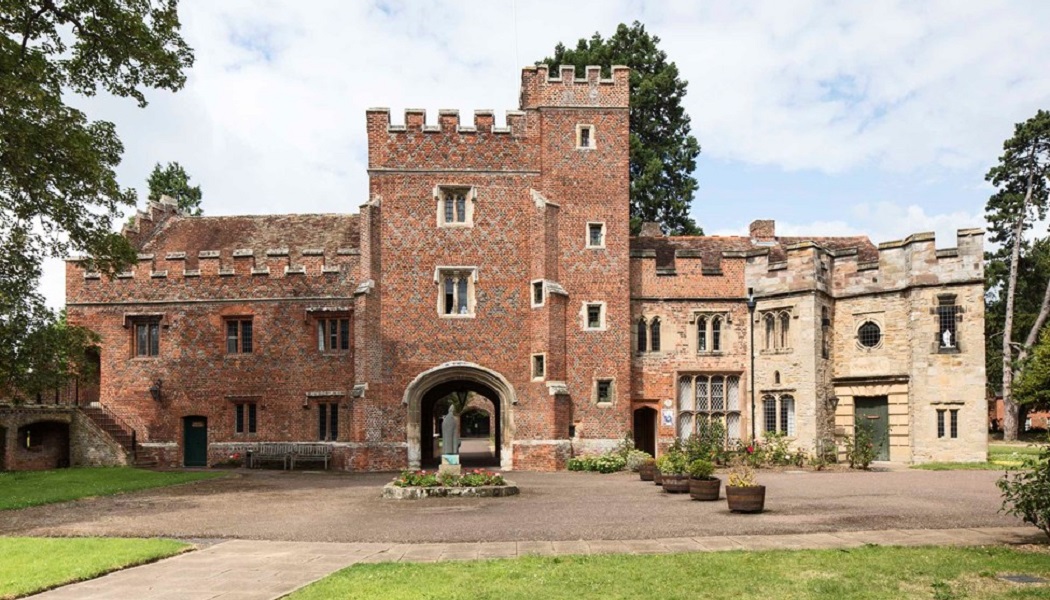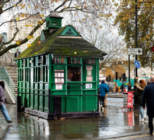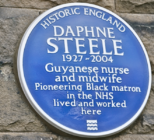Due in no small part to Historic England having distributed £8.96 million in grants to preserve endangered sites, 181 entries have been removed from the Register due to renovation or restoration projects throughout the past 12 months. This positivity is short-lived, however, given that over the same period 216 locations have been added due to concerns about their condition.
“It is the varied tapestry of our historic places that helps us define who we are. In testing times such as these, heritage can give us a sense of continuity and bring us solace,” notes Duncan Wilson, chief executive of Historic England.
“We also know that investing in historic places can help boost our economic recovery. The 181 places rescued from the register this year show us that good progress is being made, but there is still a long way to go. Many more historic buildings and places need caring for, financial support, strong partnership working and community engagement to give them a brighter future.”
What’s in danger?
The Heritage at Risk Register 2020 reveals that the endangered sites in England fall into the following categories:
- 1,475 Buildings or Structures (Grade I and II* listed buildings and structural scheduled monuments across England, plus Grade II listed buildings in London)
- 932 places of worship
- 2,090 archaeology entries (non-structural scheduled monuments)
- 103 parks and gardens
- 3 battlefields
- 3 protected wreck sites
- 491 conservation areas
The sites saved from further deterioration or dereliction last year include Newington Green Meeting House in Hackney, Kirby Bank Trod in North Yorkshire, St Mary’s Church in Guildford, Somerset’s Cadbury Castle, and The Dairy at Cobham Hall.
Plume Library in Maldon, the Ragged School Museum in Tower Hamlets, and Brighton’s Madeira Terrace are among the locations to have crossed the line and become ‘at risk’ since the 2019 Register was published.
Historic England insists that despite the challenging outlook Covid-19 has imposed on the sector, continuing to invest in heritage will “help to define our collective identity can contribute to the country’s economic recovery”.
Saving endangered sites can, it adds, align with the government’s ‘levelling up’ agenda by supporting skilled local construction jobs, building resilience in private and public organisations, and boosting tourism.
To explore the full 2020 Heritage at Risk Register click here.










